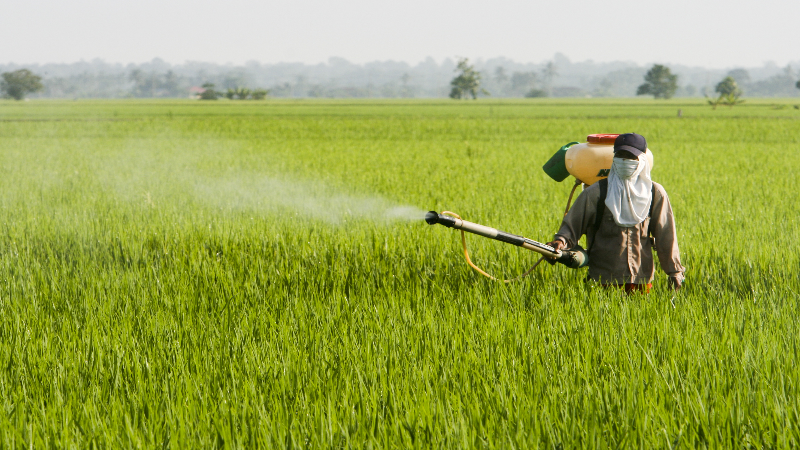Mycorrhizae, also known as mycorrhizal fungi, establish a mutually beneficial relationship with plant roots, crucial for the growth and survival of most plants by providing essential nutrients and water.
Varieties
Three primary types exist: arbuscular, ectomycorrhizal, and ericoid, each tailored to specific root systems. Arbuscular mycorrhizae engage with a broad spectrum of plants, spanning crops, grasses, trees, and shrubs. Ectomycorrhizal fungi predominantly form associations with temperate and boreal trees and shrubs. Meanwhile, ericoid mycorrhizae specialize in symbiotic bonds with plants like blueberries and rhododendrons, within the heath family.
Plant Benefits
Critical to plant nutrition, mycorrhizal fungi enhance root surface area, facilitating superior water and nutrient absorption. Moreover, they secrete enzymes that aid in soil organic matter decomposition, thereby releasing nutrients for plant uptake. In return, plants nourish fungi with sugars and carbohydrates produced through photosynthesis.
Agricultural Significance
Harnessing mycorrhizal fungi in agriculture is increasingly favored due to their capacity to enhance plant growth and yield, potentially reducing reliance on chemical fertilizers. In certain instances, these fungi have been shown to amplify crop yields by up to 80%. Furthermore, they contribute to soil quality improvement, erosion prevention, and water conservation.
Embrace modern farming practices with mycorrhizal fungi. Explore innovative solutions for your crops and soil at Groundwork BioAg.


